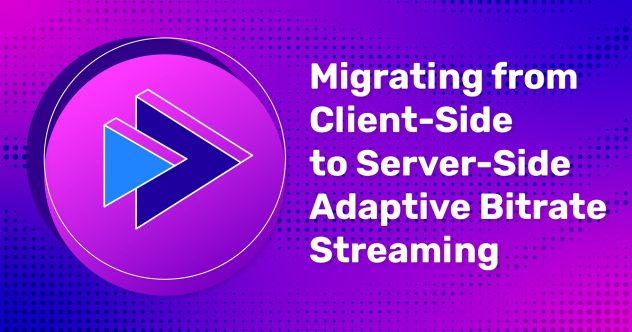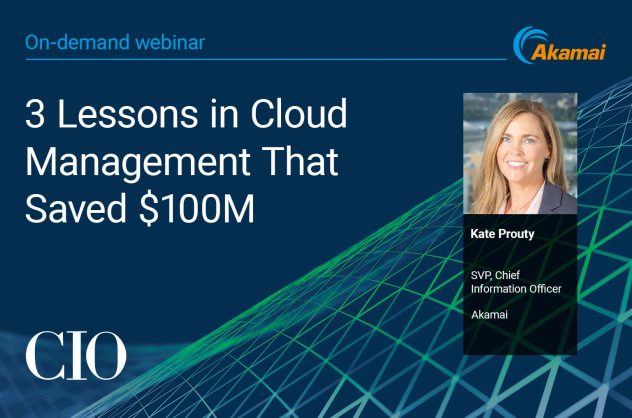In a recent webinar, “A Look Beyond the Big 3: The Role and Importance of Alternative Providers,” Redmonk’s Dr. KellyAnn Fitzpatrick spoke about the rising role of alternative cloud providers and how they are becoming the platform of choice for developers looking to more quickly and efficiently work in the cloud. Dr. Fitzpatrick laid out four advantages alternative clouds can provide development teams:
- Dev Infrastructure on Demand
It’s easy to forget that developing in the cloud was once an alternative to the conventional way of building software. Thanks to the cloud, developers spend less time thinking about the infrastructure they need—or worse—going through (and waiting on) IT to get it.
Alternative clouds have emerged as a self-service option to provision simple, bread-and-butter cloud services and dev environments. Dr. Fitzpatrick explains the same benefits fueling the rise of open source are now fueling alternative clouds: freedom. “With open source, developers do not need to ask permission for the kinds of tools they would like to use. Now, with alternative clouds, they also no longer need to ask to get the infrastructure they desire. This allows developers to get back to simply writing code.”
- Better Price-to-Performance Ratio
The truth is, most companies only need a handful of essential cloud services: compute power, storage, networking, and for devs, CI/CD testing environments.
Core primitives are where alternative cloud providers shine. Developers do not need “a Cheesecake Factory menu of items to choose from.” Alternative clouds provide the same (or better) performance at a much lower price. How much lower? By stripping away the bells and whistles most users don’t need, alternative clouds can cost less than half as much as hyperscalers.
Cloud cost might not seem like a top priority for a dev team. But when affordability determines whether developers get to use cloud infrastructure or not, price becomes imperative.
- Improved Support Services
According to Dr. Fitzpatrick, alternative clouds play a crucial role in helping more organizations gain the benefits of cloud services without extensive cloud expertise or knowledge.
Through alternative clouds, dev teams can unlock the benefits and speed of cloud computing—and provision consistent dev environments on-demand—without dedicated cloud or infrastructure engineers. “Alternative cloud is another way for developers to get the experience they need to build the code that they want.”
Dr. Fitzpatrick explains that this is because while hyperscalers focus support efforts on their largest, most profitable customers, alternative clouds provide expansive support options and documentation for businesses of all sizes. Coupled with the alternative cloud’s overall simplicity and focus on core primitives, this allows more organizations to unlock the power of the cloud for developing software with smaller or less experienced teams.
- New Dev Methods and Custom Solutions
Between managed services, SaaS offerings, and open source, alternative cloud providers open new doors for dev teams to choose their own tools and create custom, purpose-built solutions. With alternative clouds, developers are less concerned about their infrastructure, authorization, and authentication—since they no longer need to go through IT to provision their environments for them—and can get what they need for solutions to everyday software development hurdles.
As developers look to the cloud for more of their software-building needs, more are turning to simpler, more cost-effective cloud options beyond the “big three” hyperscalers. With alternative clouds, developers can spend less time requesting dev infrastructure, troubleshooting issues or navigating overly complex solutions—and more time doing what matters to them: building incredible software.









Comments